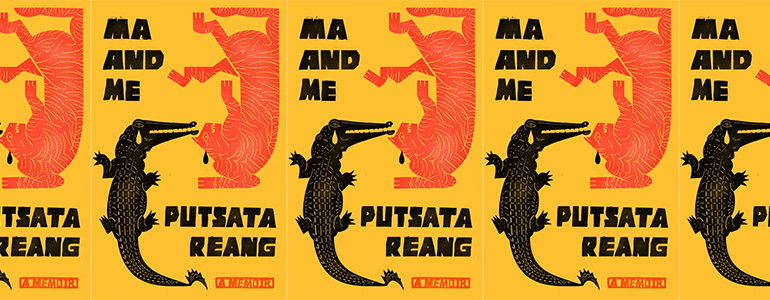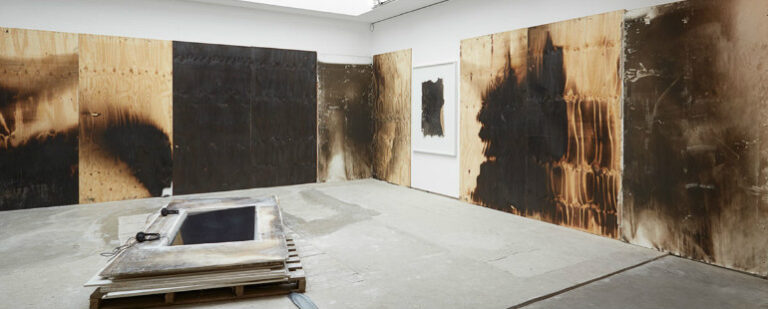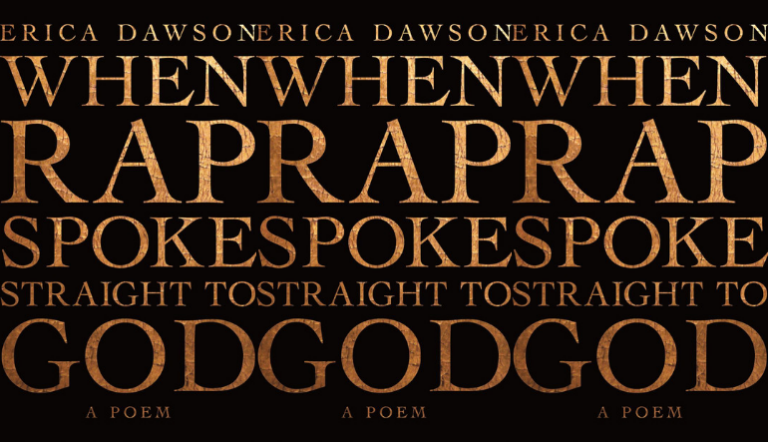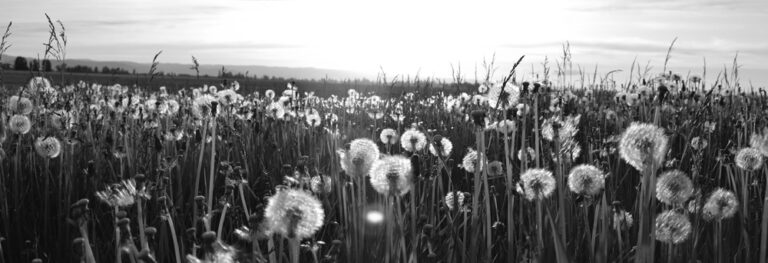“In memoir writing, vulnerability is the highest rigor”: An Interview with Putsata Reang

Longtime journalist Putsata Reang never set out to write a memoir. For decades, she had been working on a book about her parents escaping the Cambodian genocide when she was a baby and their enduring feelings of guilt. All of that changed after she wrote a piece for a writing class and, to appease her partner and her sister, submitted it to the New York Times, where it was published in 2016. The searing Modern Love essay described Reang’s fraught relationship with her mother, who refused to accept her daughter’s relationship with a woman who would later become her wife, and her own brand of survivor’s guilt, having almost died in her mother’s arms on that boat fleeing Cambodia in 1975. Six years and ten drafts later, Ma and Me, Reang’s self-proclaimed “accidental memoir,” is out today.
Reang begins the book with the Khmer tale of the crocodile and the tiger—Go in the water, there’s the crocodile; come up on land, there’s the tiger—and sprinkles folk tales told in her mother’s voice throughout. The crocodile and tiger grace the book’s cover and symbolize the rock-and-hard-place choices her college-educated mother and former Cambodian naval officer father were forced to make during their lives. Escaping a “Western war imported to Vietnam stretched into Cambodia,” the family of eight eventually settled in rural Corvallis, OR. Her mother cleaned office buildings and served meals to Oregon State students. Her father washed dishes at a diner and suffered a nervous breakdown. His violence caused her mother to run away several times—sometimes with her kids in tow, sometimes alone—only to return “because a Khmer wife stays.”
As the youngest and the child who nearly died, Reang was tied closely to her mother and raised under the edict of “us before I”—of family identity superseding the self. Reang felt indebted to her mother for saving her life and in return tried to be the best Cambodian daughter possible—an ideal she could never achieve because she was gay. As a result, she hid her true self. She wanted desperately to avoid being a blemish on the perfect Khmer family, for “perfection was the price for Ma’s affection,” but struggled with the conflict she was experiencing—both with her mother and within herself. She ran away from home as a teen. She attempted suicide multiple times in college. She fled as an adult, too, moving to Cambodia and Afghanistan to work as a journalist. Escape became her greatest skill.
When her father suffered a serious heart attack in 2010, however, Reang was summoned home from Phnom Penh. His brush with death prompted her mother to finally tell her youngest child about the details of her difficult past—conversations Reang recorded and includes, in part, as long passages in her mother’s voice in the book. She learned that her mother tried to run away, too, to her brother’s house near the Vietnam border, after she discovered that her father had arranged for her to marry after her college graduation. Bombs from American B-52s shook the town where she was hiding, forcing her mother to discard her dreams of becoming a businesswoman and traveling the world. She returned home to safety, and to her fate as a Khmer bride. The saddest day of her mother’s life, Reang learned, was her marriage day in 1967—she knew that “if I married, I would lose my freedom forever.”
This, the most devastating of her mother’s crocodile-and-tiger choices, is the emotional center of the book, and the jumping off point for many of Reang’s psychological insights. As the dutiful daughter whose identity is fused with her mother’s, Reang realizes that one of the reasons she returned to Cambodia as an adult was to lead the life her mother might have had if she hadn’t gotten married. She comes to see that many of her greatest struggles are rooted in the past, under the weight of inherited trauma and filial duty. Even so, Reang unshackles herself from family history and forges an identity of her own. Some of the most rewarding passages in the book describe her joy in sowing wild oats in Thailand, falling in love with her future wife, and deciding to move back to the US for good to find home with April.
Eventually, even though she failed at being a good Cambodian daughter, Reang comes to believe that she “tried her best to be a great Cambodian American daughter,” and she finds a sort of peace with her mother, even though she refused to attend her wedding to April. Their weddings bookend the memoir, with Reang’s wedding day being both “the happiest and saddest day of her life”—an apt description that points to the possibilities of writing beyond trauma and the legacy of genocide that characterize a new generation of Cambodian American memoir.
Margaret Juhae Lee: In your book, you said it has taken almost 20 years to tell your story. Could you tell me about the journey and how it started?
Putsata Reang: I had always been fascinated with the topic of survivor’s guilt because it had had such an impact on my parents. I saw it play out and manifest in different ways. My family left Cambodia in 1975. Because I was a baby, I had no knowledge of what we had left. Over time, I began to understand that whatever this Cambodia was, whatever this place was we had abandoned for America, it was a source of tremendous pain for my parents. It showed up in my father with violence and in my mother through depression. This guilt of surviving the war, of our family having escaped, manifested in these very profound mental illnesses.
In my college years and in my early twenties, when I was working at the Seattle Times, I became fascinated with this idea of survivor’s guilt. I began to form an interest in learning about my country and culture. I had an awakening in college when I took an Asian American studies class. One of the assignments was to write an autobiography. It was one of the earliest times I asked my parents about our lives before we got to America and settled in rural Oregon. I began to think about writing a book focused on my parents and their survivor’s guilt. At the time, memoirs were starting to come out about people who had survived the Cambodian genocide. I wanted to look at survival in a different way—not what happened to the people who actually physically survived but those who had to deal with different kind of survival, an emotional kind.
As a journalist, it’s so much easier to tell other people’s stories rather than our own because of the emotional distance involved. I was actually not prepared to write this memoir. I think in many respects, it was an accidental memoir. I had never intended to write about being gay or the battle between my mom and me at all.
I spent my twenties continuing to work for newspapers. And then something happened when I turned thirty, something anybody who holds two worlds in their hands experiences—you return to your beginnings. I decided to apply for the Alicia Patterson journalism fellowship. I got it and returned to Cambodia. Only over the course of writing Ma and Me did I realize that I was thirty when I returned to Cambodia as a journalist, and my mother was thirty when she carried me in her arms when we left Cambodia. It’s so interesting how our lives lined up in that weird way. I had planned to be in Cambodia for only six months and ended up staying in the area for the next decade. One of the themes from that period was me constantly running away. My inability to stay in one place is rooted in that earliest feeling I had on the boat that took us from Cambodia—of fleeing, which is rooted in the muscle memory of escaping danger. Even though I was a baby and didn’t have words, I think primal feelings live in your muscles and bones. I’ve always lived my life itching to leave for somewhere else. My sister and close friends always joked that a romantic partner was not going to follow me jumping from place to place all over the world. I began to consider that I would live my life without finding a partner or somebody to marry.
When I was back in Seattle, on break from a job that I had in Thailand, by chance I met April, who would later become my wife. Over the course of this period, I had dated both men and women. I think my mom wanted to believe that it was just a phase when I first came out to her in my early twenties. She told me, “I love you,” but internally she believed I would grow out of being gay. Well, shit became real when I told her I was going to get married and the person I was marrying was a woman. Eventually, that bond between my mother and me collapsed.
MJL: I’d like to talk more about the process of turning the lens on yourself when you had been so accustomed to writing about others. How did your writing change with this shift in point of view?
PR: Well, it took ten drafts. When I was two or three drafts in, [my editor] Daphne [Durham] told me I needed to take off my journalist hat and put on my writer’s hat. Journalism is so different from memoir writing. It’s almost the complete opposite. In journalism, you’re dealing with numbers and facts. In memoir writing, you’re dealing with the heart and emotions and memories. There’s such rigor in the training we get as journalists—you don’t put yourself in the story, ever. I was writing a book where I had to put myself on every page. It really flipped my world upside down. I was resistant at first. The first two, three, or maybe even four drafts were very reportorial. When I look at it now, each of those ten drafts is a very different book. Where I got to had everything to do with Daphne and her quiet nudging, asking me with each draft to go a little bit deeper, asking what I actually felt.
I’ll be frank: there were two points when I was ready to quit because it was just too hard. About two years in, it was almost too painful for me to go back to some of my earlier memories and some of my more recent ones, like working in Afghanistan during the war. I wanted to stop. I called Daphne and tried to convince her that there was a much more interesting story that I should write about the boat my family took out of Cambodia. She listened. She was so patient. Then she said, “I’m trying to understand what’s going on here. Do you feel like you can’t write this book right now? Or do you feel like you can’t write it at all?” With that question, she cornered me. And I started to cry. I said, “Daphne, this is so fucking hard. I have never had a harder assignment than this book.” And she said, “Why don’t you take some time off?”
Well, I did step away and I realized I could walk away from this project because it was too painful to climb the depths of painful memories and holding onto my parents’ trauma—specifically my mom’s, in asking her to tell me about what happened to her and why we left Cambodia. I could either walk away or I could dig in and to go for it. I chose the latter.
What I realized is that I was still processing emotions around certain events, and that’s something that journalists are not trained to do. Perhaps it would have been easier if I had been trained in the rigors of memoir writing, of examining interior worlds, but I wasn’t. As journalists, we are trained to look at other people’s lives and to see where meaning lies in their lives, not our own.
MJL: Who were your literary guides in writing your memoir? Whose work did you turn to during the process of writing in a different way?
PR: The Color of Water by James McBride is one of my book bibles. I read it so many times in the course of writing my book. It was recommended to me by one of my close friends, Luong Ung, who wrote the memoir First They Killed My Father: A Daughter of Cambodia Remembers. McBride is a journalist too, and he incorporated his mother’s voice into his book vis-a-vis actual interviews, similar to what I did with my mom. I Know Why the Caged Bird Sings by Maya Angelou is another inspiration. How can any memoirist not read that book to understand the depths of how far memoir can go? Jeanette Walls’ The Glass Castle taught me to write unapologetically about the truth of your experience and family. Walls is a journalist too.
I absolutely am in love with The Yellow House by Sarah Broom. And Natasha Trethewey’s Memorial Drive shattered my heart. Trethewey talks about how each one of us has an existential wound. She wrote her memoir to get to the bottom of her existential wound in order to be free. There’s also Hisham Matar’s The Return. He taught me that there’s so much power in restraint, in his sparse language. I carry all these books around everywhere I go so I can refer to them. I’ve read each multiple times.
Besides Luong’s memoir, there was not much by Cambodian American authors. There aren’t many of us. You have to pave your own way in a sense. People say to write the book you want to read. In a way, I had to do that. What books out there examine the intersections of being a refugee and gay and tackle themes of PTSD, inherited trauma, and abuse?
MJL: I’ve noticed that most of your examples are by writers of color.
PR: Yes. I think all of them except Jeannette Walls. I didn’t think of that at all when you asked me. It’s interesting that you mentioned this because something that I am doing intentionally in my memoir class is to assign books by authors who are non-white.
MJL: What are some of the main lessons you try and teach your students about memoir writing?
PR: There’s something that my colleague said to me that I tell my students. In memoir writing, vulnerability is the highest rigor. I think there’s so much truth in that. If we look at what we do as journalists, engaging in facts is the highest rigor, as well as research and sticking to the truth. Sticking to the truth is the one thing that journalism and memoir have in common, but apart from that, there’s no requirement in journalism writing to be vulnerable. In fact, you shouldn’t be, you should just put out your objective story. In memoir writing, there is a particular type of courage you have to muster up. It’s something you have to find for yourself, because there will be dark days. You have to look at the truth with clear eyes and courage to make this this kind of writing work.
MJL: To conclude, I wanted to ask about whom you thought you were writing your book for. Did you have a particular reader in mind?
PR: I love this question so much. My ten nieces and nephews—they are and always will be my primary audience. This memoir actually started off as a letter to them. They are all half Khmer and half something else. None of them speaks our language. To the extent that they know our culture, it’s through my mother’s cooking and their parents. I want these kids to know about our lives—about their parents and grandparents. Every day when I went to my writing studio, those ten nieces and nephews were in the room with me. While I was typing, I could have been orally telling them these stories. My mom talks about this when she asks the question that I put in the book—”when I’m gone, will the story end?” Well, this is my way of letting the story continue for the sake of the next generation. We can’t let these stories disappear and vanish.


